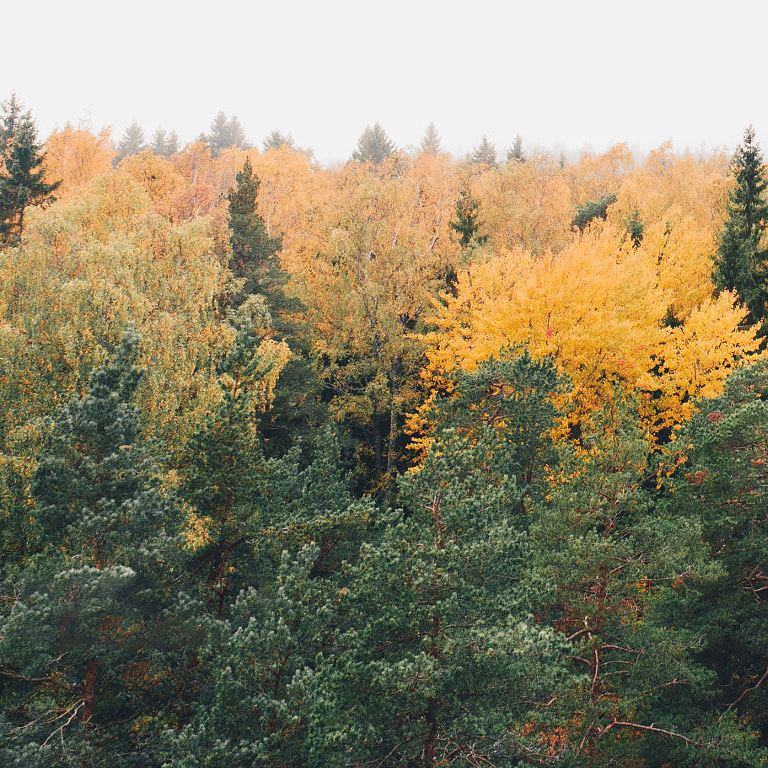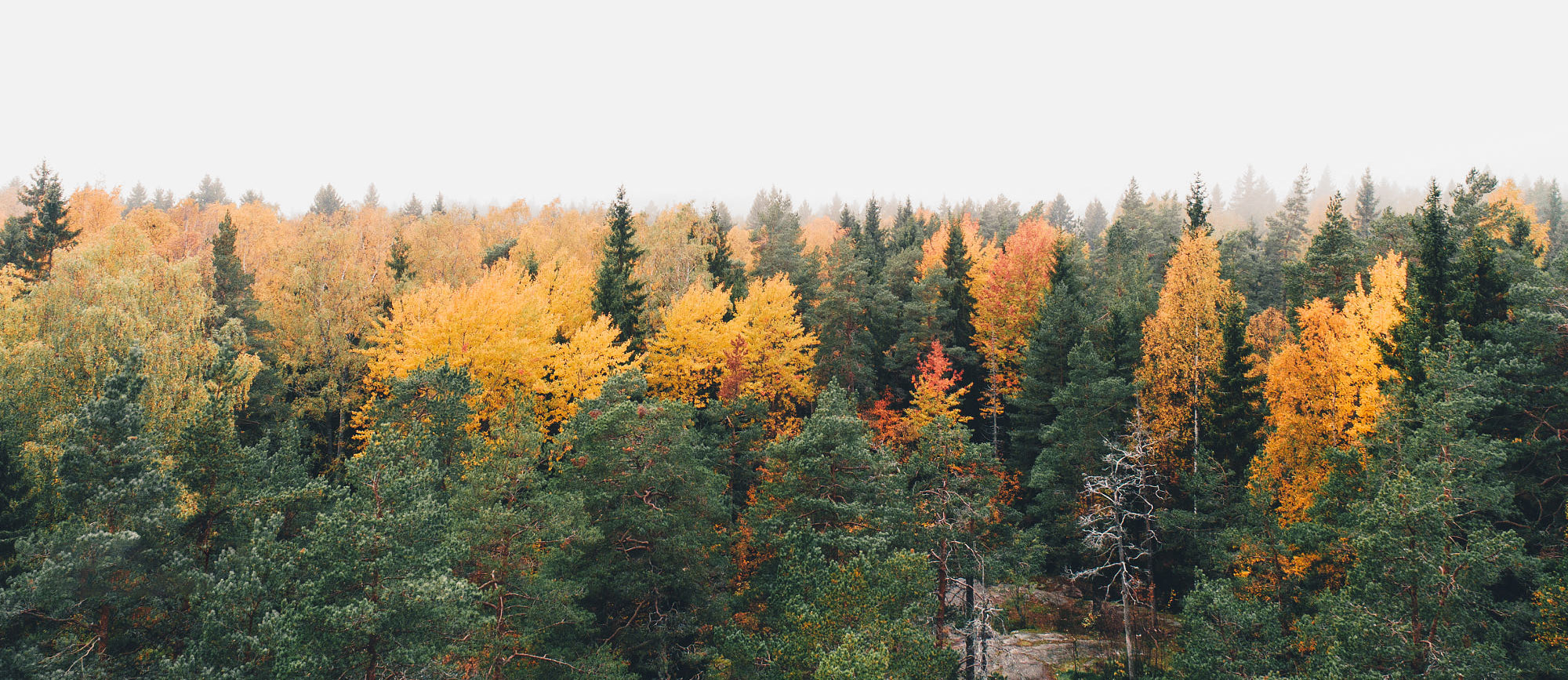Over 3 million pictures framed

Smarter Sourcing
Ethical suppliers and beautiful materials. It's a win-win.
Not only do we want to protect and create brand new sustainably managed forests, but we also look to our suppliers to do the same. From reducing their water usage to adopting circular economy initiatives, every one of our leading suppliers has a robust sustainability policy and is committed to reducing their impact on the environment, just like us.
Our moulding is harvested from forests that are managed to meet the social, economic and ecological needs of present and future generations.
Our supplier holds PEFC™ and FSC™ Chain of Custody certifications which offer you reassurance and peace of mind about the source of the timber used in our mouldings.
Our mounts are made of a special water-based coating, are fully recyclable, and contain no metallic pigments or plastic.
Our mount supplier is also certified by the FSC™ Chain of Custody Scheme. They strive to ensure the face paper and board materials are made from renewable sources or post-consumer recycled waste wherever possible.
To improve our packaging, we are working to eliminate plastics, increase recycled content, and use less packaging overall.
The mills operated by our principle packaging supplier use 100% recovered papers as their primary raw material. This is usually a mixture of old corrugated boxes, and recycled newspapers and magazines. Also, the inks and glues used on our boxes are water-based and solvent-free.
Bubble wrap is used to protect frames with glass but can be recycled locally.
Our MDF backing boards are certified with an Environmental Product Declaration compliant with EN 15804.
The wood fibres used are sourced from PEFC™ and FSC™ forests which are manufacturer owned and situated close to the production facilities.
All the waste generated during the production process (waste from cutting the boards, chip waste, and debarking or sanding waste) is used to generate useful electricity for their factories.
Acrylic Glazing
Our Clarity+ glazing sheets are produced in a process that achieves 97% efficiency, minimising waste in the manufacturing process. All raw materials are either sold, recycled or reused.
The same sheets are also produced in Europe, rather than the Middle East to minimise the distance our materials travel during transport.
Recycling
Making the most of limited resources
Traditionally, companies cut down and dig up materials, turn those materials into a product (like picture frames) and then ship that product to a customer who eventually throws it away. That's unsustainable, which is why we believe in circular economy initiatives. This means we source recycled materials wherever possible and return waste to the recycled market to be used again. It's good for the planet and good for business.
Last year we achieved a 100% landfill diversion rate. That means every bit of waste we produced was repurposed. Last year that amounted to 88 tonnes3 of waste that was successfully diverted from landfill.
By recycling our aluminium waste we significantly cut down CO2 emissions for the next person who needs it.
Recycling aluminium helps to cut air pollution (by 80%), water pollution (by 76%) and water use (by 40%)4 when compared to using virgin ores.
Last year we recycled 16.5 tonnes of acrylic glazing waste.
Our ultra-high-quality acrylic (used in our glazing) is sorted by our framers and then collected and recycled back to the original monomer using a technique called thermal cracking. It's different from virtually all glazing options used in cheaper frames which, quite often, can't be reused.
By recycling 20 tonnes of card and paper waste last year we offset the requirement of virgin materials by 480 trees5.
Overexploitation and deforestation contribute to a net decline of global forest resources. So we'll continue to carefully select our suppliers whilst making better use of the materials we do use. By doing so we can help to protect existing resources whilst creating new and sustainable working forests with our tree planting program.
- Calculated based on miles driven by an average passenger vehicle https://www.epa.gov and on mangroves sequestering 308 tonnes of CO2 over a 25-year life span https://iopscience.iop.org
- Based on a planting density of 1,600 trees/ha (2.5m x 2.5m). Phan Nguyen Hong, Hoʻang Thi San. 1993. Mangroves of Vietnam.
- Calculated based on data supplied by our waste partners. Figure provided is rounded up from 87.87 tonnes.
- Figures provided by http://uk.emrgroup.com/
- Calculated based on 1 tonne of uncoated virgin printing and office paper using 24 trees. http://conservatree.org
- Donations are made to the Eden Reforestation Projects (303 W. Foothill Blvd, Unit 13 Glendora, CA 91741) https://www.edenprojects.org/


